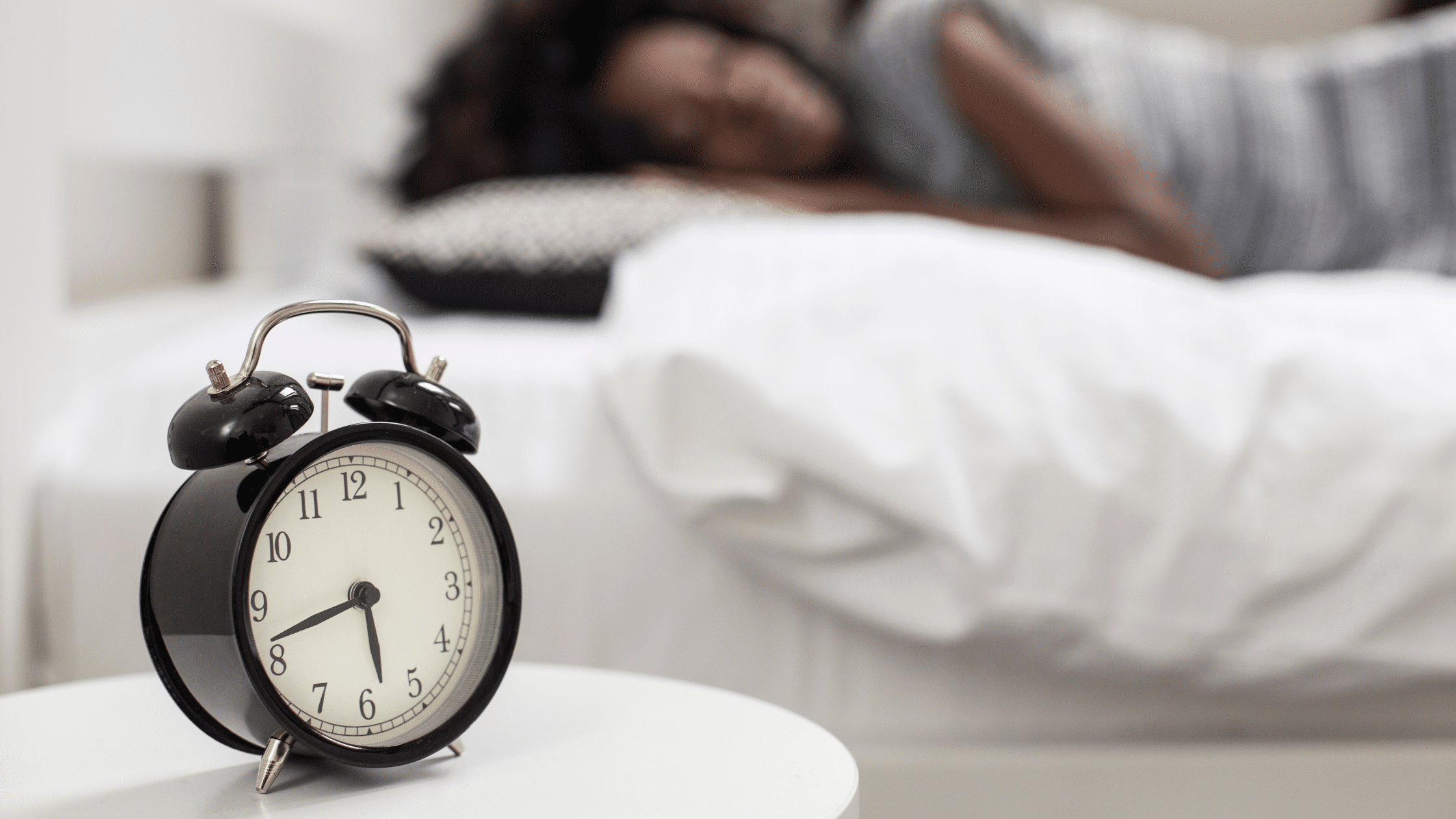At the Endometriosis Treatment Center of America, we believe that your health should always be…

Common Causes of Chronic Pelvic Pain in Women
Chronic pelvic pain in women is discomfort that occurs in the area below your belly button and between your hips. For many women, this pain may start out seeming like a normal part of their menstrual cycle. However, this pain may continue to bother you, becoming severe and interfering with your daily life.
At Endometriosis Treatment Center of America, we encourage women to seek treatment for their pain. That’s why we created this guide to the most common pelvic pain causes we see. If any of these conditions and their symptoms sound familiar, you can use the information here to start an informed, confident conversation with a trusted gynecologist.
Endometriosis
Endometriosis is an inflammatory condition that causes tissue (similar to the uterine lining) to form outside of the uterus. This excess tissue can appear in the form of “implants” on the ovaries, fallopian tubes, the ligaments that support the uterus, and the tissue covering the bladder and rectum.
Sometimes called the invisible disease, endometriosis affects millions of women in the U.S. alone. In fact, it’s estimated that 11% of the population has undiagnosed endometriosis. Common signs and symptoms include:
- Painful periods (also called dysmenorrhea)
- Chronic pelvic pain that comes and goes
- Frequent, painful urination and/or bowel movements
- Pain with intercourse
- Trouble getting pregnant
Some women don’t experience pain and only discover they have endometriosis when they have trouble conceiving. Even though there is no cure for endometriosis, with proper endometriosis care and advanced treatment options, you can effectively manage this disease and improve your chances of pregnancy.
Interstitial Cystitis
Often called the “evil twin” of endometriosis because of their similar symptoms, interstitial cystitis (IC) is a disease that affects the bladder. With IC, the bladder wall may become inflamed or irritated, which can lead to scarring and stiffening. Though symptoms can vary from person to person, this chronic condition can cause bladder pressure, bladder pain, and more general pelvic pain.
Understanding and diagnosing IC requires a skilled physician who understands how to properly identify and treat this disease. At ETCOA, we rely on advanced techniques such as Potassium Sensitivity Testing to differentiate IC from other sources of pelvic pain.
Common signs and symptoms of IC in women include:
- Chronic pelvic pain
- Pain between the vagina and anus
- A persistent urge to urinate
- Frequent urination (more than 7 times a day)
- Painful urination
Uterine Fibroids
Uterine fibroids are growths that form in the uterus. While this may sound frightening, fibroids almost never become cancerous. Some women never even know they have fibroids, or only discover them by accident during routine pelvic exams. Other women may have multiple fibroids or fibroids that grow in size, distorting and enlarging the uterus. At this point, the problem requires a doctor’s attention.
Seek care from a doctor if you experience these symptoms:
- Pelvic pain that doesn’t go away
- Unusually heavy or painful periods, or periods that last more than a week
- Difficulty emptying your bladder
- Backache or leg pains
At ETCOA, we specialize in the robotic excision of uterine fibroids, a minimally invasive, cutting-edge treatment to remove troublesome fibroids.
Ovarian Cysts
Ovarian Cysts are fluid-filled pockets that develop around or inside the ovary. They are extremely common—in fact, menstruating women frequently develop a cyst every month and pass it naturally during their cycle. Like uterine fibroids, many are painless and harmless, resolving on their own. However, if the cyst doesn’t disappear or gets bigger, it can cause pelvic pain.
Common symptoms of enlarged ovarian cysts include:
- Bloating or swelling in the abdomen
- Painful bowel movements
- Pain with intercourse
- Chronic, dull, aching pain in the pelvic region
If you experience sudden or severe abdominal pain, nausea and/or vomiting, you should seek immediate treatment, as this could be a sign of a ruptured cyst or ovarian torsion (twisting).
Find Relief for Your Pelvic Pain Symptoms
This guide covers some of the most common causes of pelvic pain in women. Pelvic pain is a complex issue that can stem from one cause or from co-existing conditions. Finding out the root cause of your pain takes a skilled physician who will perform a comprehensive evaluation, listen to your symptoms and history, and never give up until a solution is found.
Your pelvic pain isn’t in your head—aside from mild discomfort related to your period, you shouldn’t be feeling pain in your abdominal area. Don’t let pelvic pain interfere with your life any longer. Reach out to a trusted physician at the Endometriosis Treatment Center of America today!
Endometriosis Treatment Center of America: Helping Michigan Women Be Heard
Endometriosis Treatment Center of America is dedicated to helping women effectively identify, treat, and manage their pain. If you are experiencing unexplained pelvic pain, don’t keep suffering in silence. Request your appointment today by calling 248-609-6040 for our Lake Orion, MI location or 248-731-2155 for our Birmingham, MI location.



